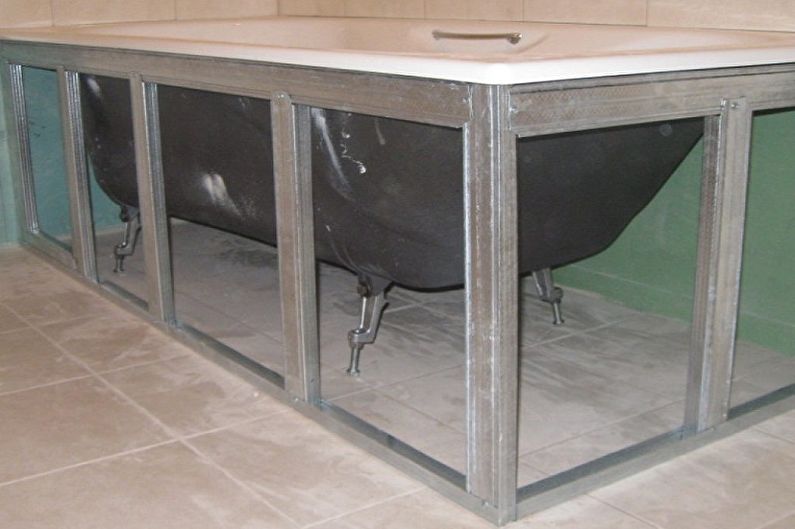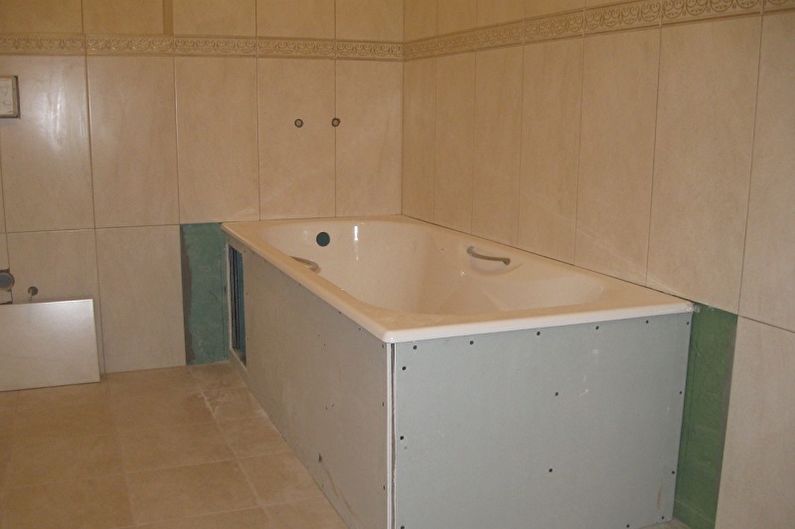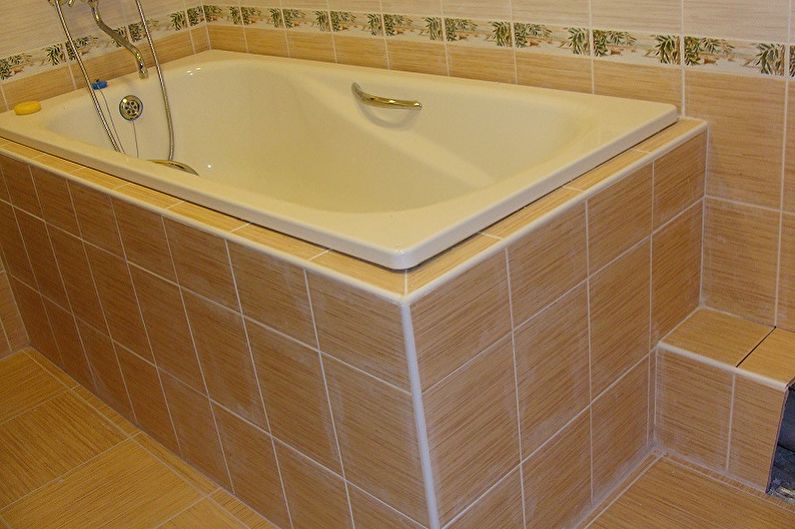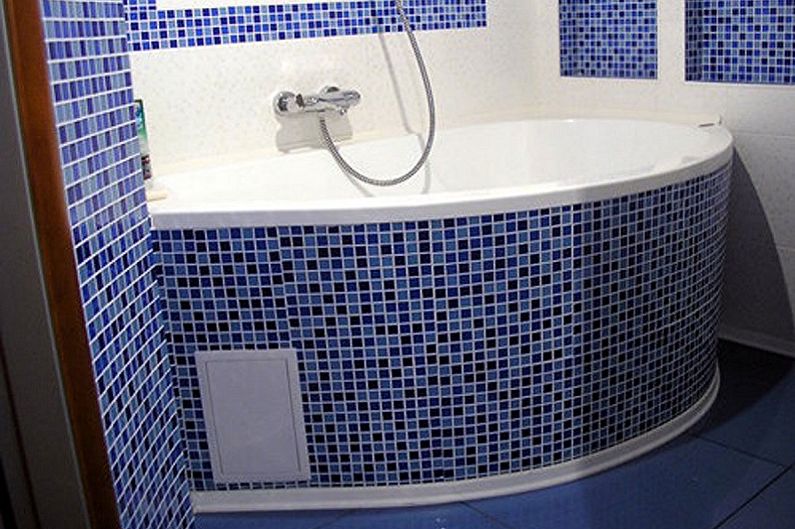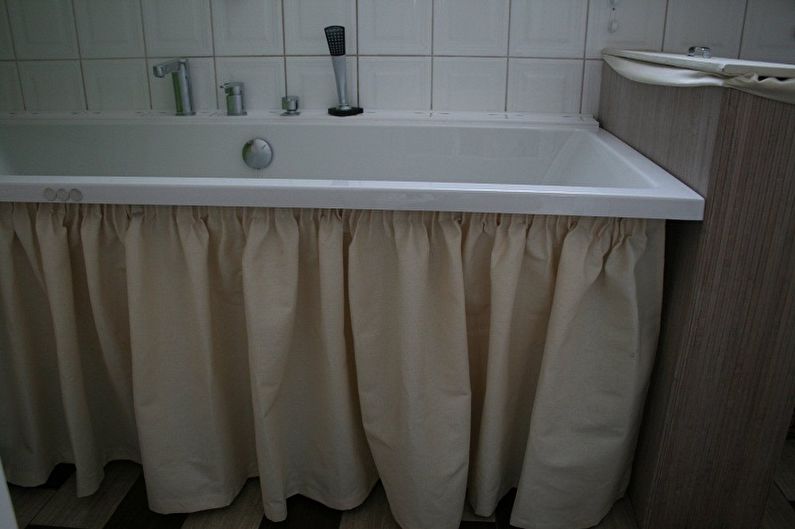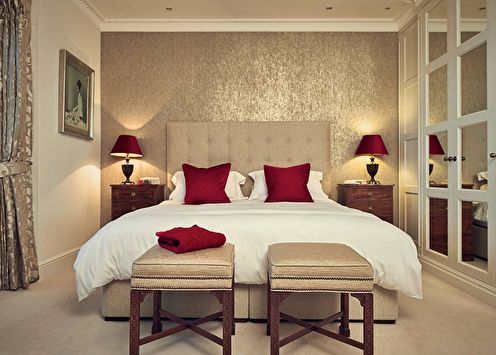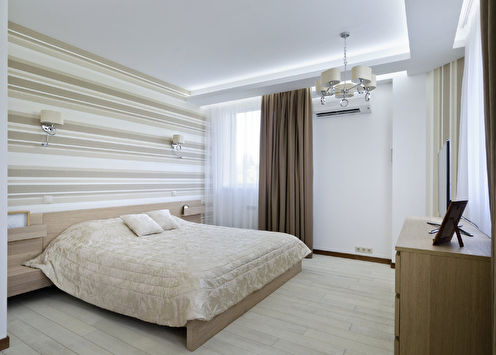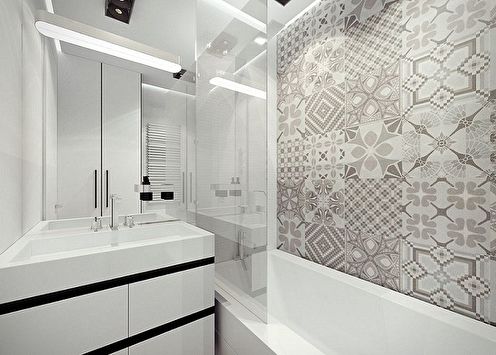
The screen for the bathroom is a panel that can close an unsightly space under the bowl. It helps to hide communications, organize in the bowels a storage system for various detergents and cleaners, and also serves as an excellent decorative element, as it has many design variations. What are the screens under the bathroom and how can you build a structure yourself - we'll talk about this in this article.
Types of bath screens
To date, you can find on sale a wide variety of screens for the bath. If you want to please yourself with something unusual and surprise guests, you can turn to custom-made manufacturing or make it yourself by decorating the design to your taste. The main difference between the screens is their design features, as well as manufacturing materials. The choice of the latter deserves special attention, since it is the quality of the raw material that the screen life will depend on.
When purchasing a bath screen, you need to clearly understand that the design will constantly be in special microclimatic conditions - it may be adversely affected by increased humidity and constant temperature changes. The most acceptable raw materials today are:
Metal - in this case we are talking about aluminum screens, which have a relatively low cost, but at the same time are quite durable designs. It is also worth noting their light weight, ease of installation, as well as the ability to choose the texture and color of the screen for the design of the bathroom;
Wood is the most natural material of all, characterized by environmental friendliness and cleanliness. Despite the fact that the tree undergoes additional processing with antiseptics and chemical impregnations that increase the service life, the wood still remains a sufficiently pure raw material;
Plastic - the main advantage of plastic is its low cost and a large selection of colors, which can be both monophonic and successfully imitate natural materials, such as marble. The long service life is also noteworthy - according to most manufacturers, with proper use, the plastic bath screen can last up to 30 years. Some are afraid to use the material in residential premises due to the fact that it can melt and emit harmful substances, however, we note that such phenomena are possible at sufficiently high temperatures that are not available in the bathroom;
MDF is an inexpensive material, but does not have high moisture resistance. Over time, the plates can swell and lose their appearance, so the service life is limited, as a rule, to three years. The advantage comes in a variety of colors, the ability to imitate wood, as well as simple care;
Glass - rarely used. Despite the fact that modern glass bath screens are made of durable hardened material, many are afraid to place them in the lower planes of the bathroom. In addition, when using transparent glass, all the "insides" of the stored space will be visible and some of the functions of the screen will be lost. Quite another matter - colored glass panels or having patterns, 3D images. Such models will reliably hide a mini-pantry from prying eyes and become a magnificent decor of the room;
Mirror - an original type of design, which not everyone can afford. And it’s not easy to take care of the mirror surface, in addition, located in the lower part of the room, it can be subject to shock and other mechanical influences.But, despite this, there are a lot of fans of mirror screens. The advantages of mirror structures can be safely called a pleasant view, as well as the creation of a visual effect of the expansion of space;
Drywall is the material from which an excellent screen for the bathroom will turn out if you choose it correctly, namely, take into account its moisture resistance. Plasterboard designs often become a simple, cost-effective solution for assembling a bath screen with your own hands, since the material is quite malleable. Finished planes are decorated with various finishing materials: ceramic tiles, moisture-proof wallpaper, panels;
Fabric is the most budget option, which is often made by hostesses at home, but it allows you to stylishly decorate the room and hide the unsightly space.
In addition to the materials discussed, combinations of them are often found. For example, plastic sliding doors with metal guides, the design of the MDF frame and PVC panel, etc.
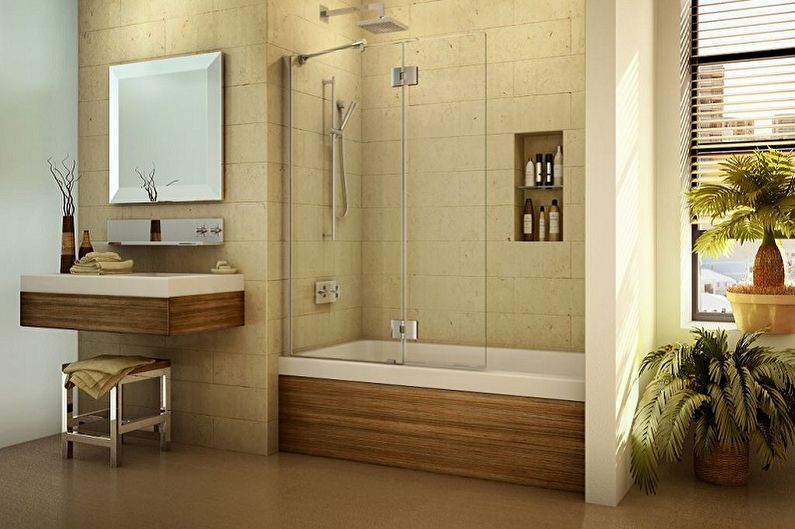
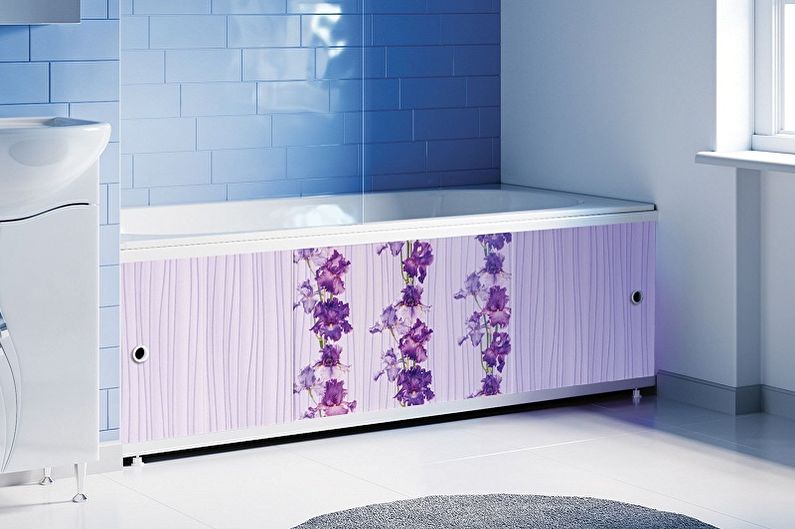

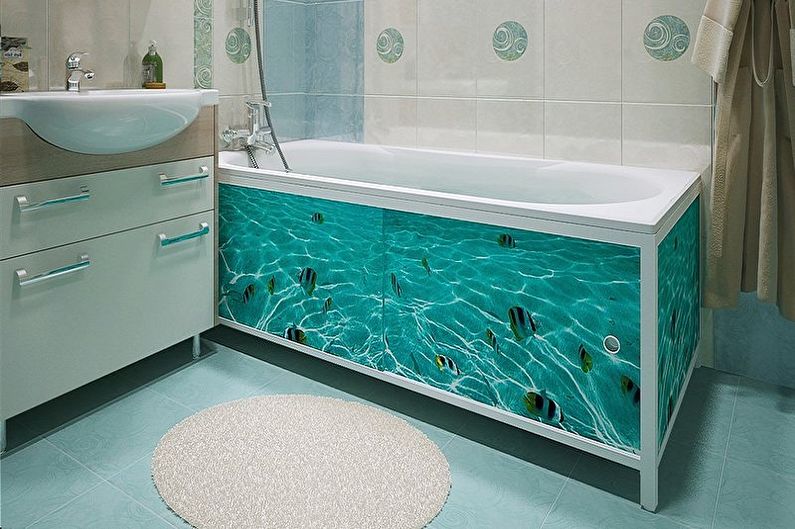
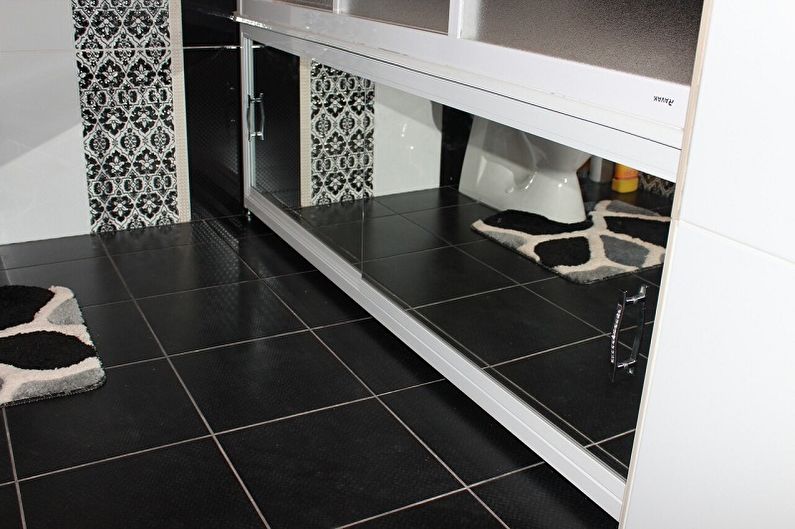
Design differences for bath screens
Bath screens have different interpretations - they can be original drawers, drawers and other “amenities”. Basically, the screens can be divided into several types:
Stationary - fixed structures that successfully serve as a support for the bath, however, it will not work to exploit the internal space. Often, such screens have a small hatch that allows you to partially get to the communications system if it needs to be repaired. They make bath screens from bricks or drywall, decorate with tiles, mosaics, PVC panels;
Opening - constructions with doors. Most often, the interior space under the bathroom is equipped as a storage of various cleaning and washing products, and the system of opening doors becomes the most successful option. In addition, in the event of any breakdowns, open structures provide greater access to communications;
Inclined - continuous screens for the bath having a small angle of inclination, which makes it easy to drain water and condensation, and also serves as an indent on the floor for the legs;
With a place for legs - such screens for bathtubs belong to stationary “deaf” models, representing an even cloth with a special recess (niche) in the place where a person will stand during water procedures, a small laundry or other actions.
An important point is the choice of doors - they can be sliding or swinging. Which one to choose depends on the personal preferences of the owners, as well as the dimensions of the room. For a small bathroom, it is better to purchase a bath screen with the so-called compartment doors, where the leaves move along two guides and do not occupy the space in front of the bath when opening.
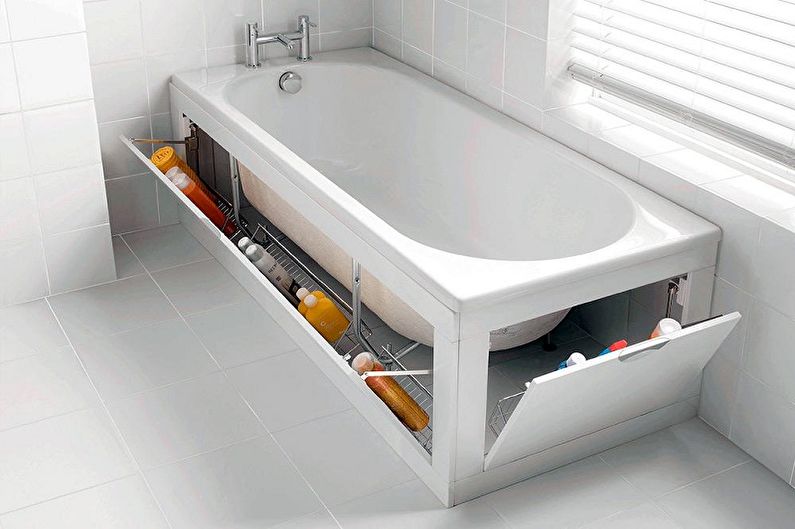
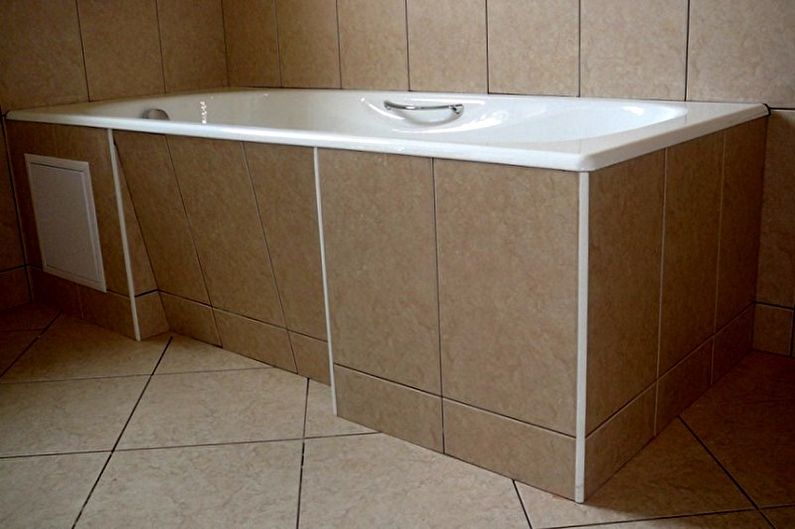
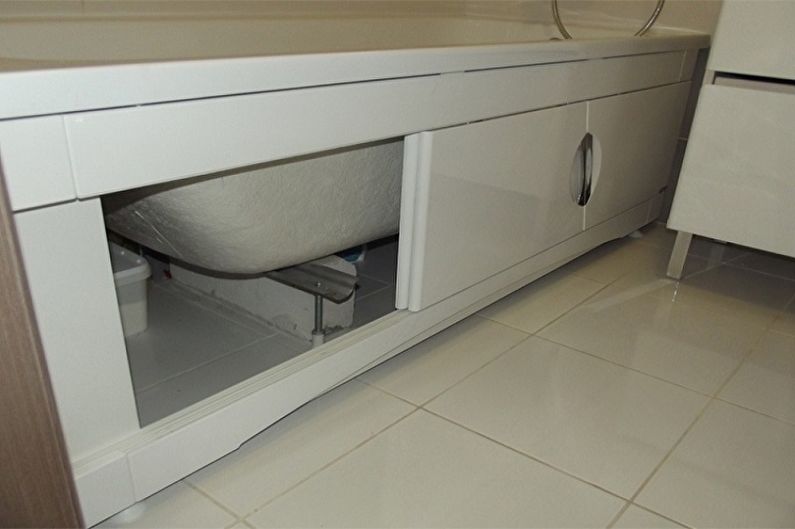
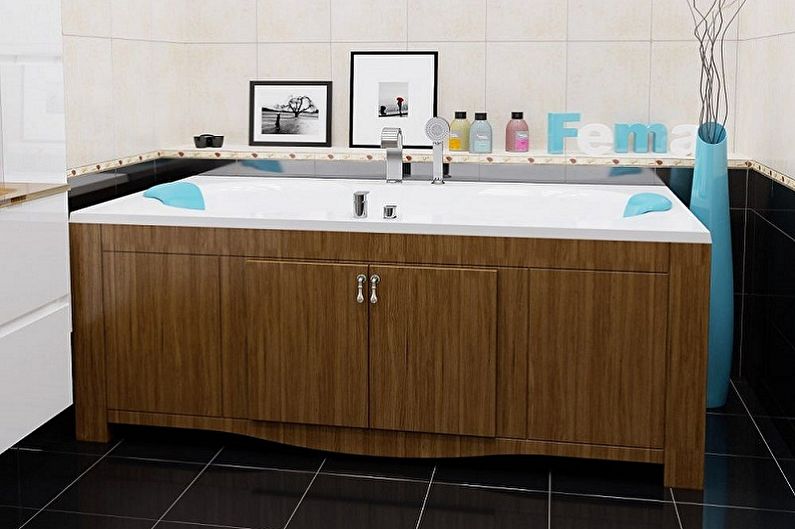
DIY bath screen
To make a bath screen with your own hands, to begin with, build a frame from bars or metal profiles, which will serve as the basis. For this, accurate measurements are carried out, and on the surface of the floor with chalk, lines are drawn at the installation sites.
When the design is ready, it is necessary to choose the material for the casing. Most often they use moisture-resistant drywall - unlike brick or plastic, it is much easier to work with. Here you need to take into account one caveat - the thickness of the finish, which will be processed plasterboard panels. For example, if it is a ceramic tile, the design must be deepened initially. In the case of thin materials (decorative film, plaster), the frame is installed on a plumb line. So that water does not directly get on the drywall sheets, they are attached to the frame with the calculation of indents of 1 cm above and below. Cloths are fastened with self-tapping screws, and then completely primed. The following is the cladding process. The voids (1 cm each) on the top and bottom must be covered with foam. If the bathtub has a non-standard or angular shape, plaster or mosaic can be used as a lining.
The simplest bath screen can be made of fabric. An important role is played by the choice of material, which should be quick-drying, waterproof. With such canvases, you can fit a pre-installed frame or hang them in the form of a screen.
